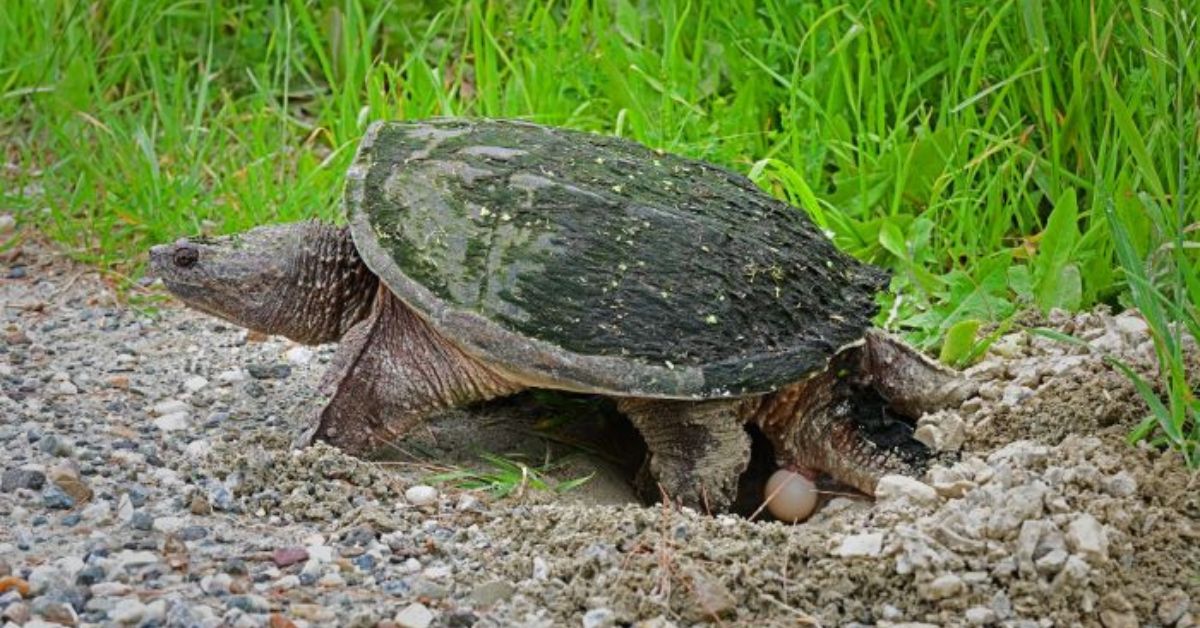NEWPORT — Vermont’s turtles are on the move, prompting an appeal from the Vermont Fish and Wildlife Department for public assistance in ensuring their safety.
Female turtles are currently seeking suitable sites to lay their eggs, but some of their chosen locations are far from ideal and often dangerous.
These reptiles have been known to select gravel parking lots, driveways, and road shoulders as nesting spots, exposing them to the danger of vehicular collision.
“Turtles commonly cross roads as they move to nesting sites and summer foraging habitats,” said Luke Groff, a biologist for the Vermont Fish and Wildlife Department.
He expressed concern over the loss of female turtles, emphasizing the effect on turtle populations.
“Turtles grow slowly and females may not reproduce until 10 or even 15 years old. So, for some species, the loss of mature breeding females may have population-level effects.”
As turtle nesting activity typically peaks between late May and early June, Groff urges drivers to be particularly vigilant for turtles on the road, particularly near ponds and wetlands.
He urged caution when helping a turtle.
“If you spot a turtle on the road, please consider helping it across but be sure you’re in a safe spot to pull over and get out of your car. Human safety comes first.”
If it’s safe to assist, Groff provided some guidance on how to help. For most turtles, picking them up and carrying them across the road in the direction they were headed is best.
For snapping turtles, recognized by their long necks, large size, and lack of colorful markings, he suggests using a shovel or pulling them across the road on a flat surface such as a piece of cardboard or a car floor mat to avoid their powerful bite.








